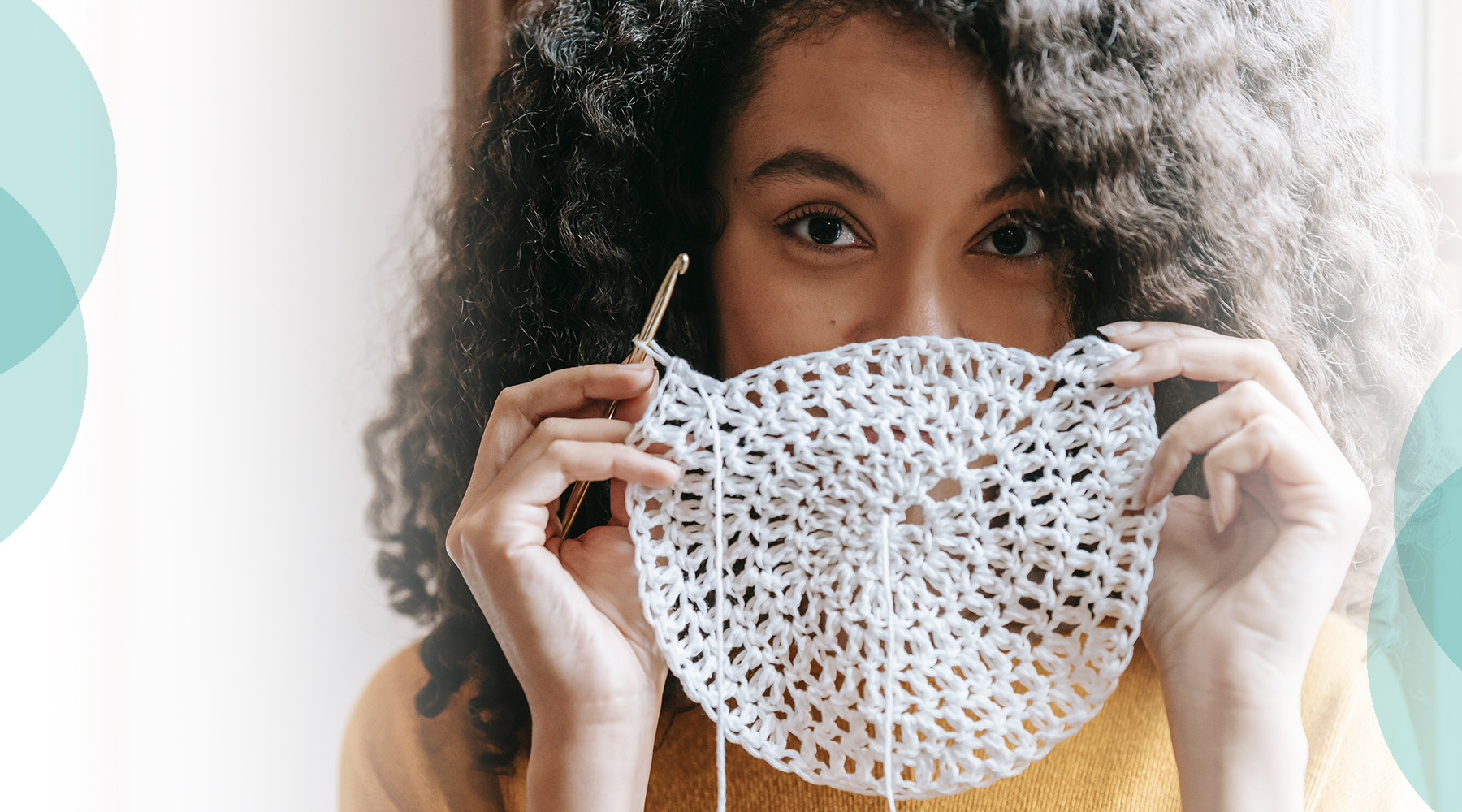Needlework is back in a major way. Many of these techniques are centuries old, but thanks to modern color palettes and cheeky designs, new generations are discovering them for the first time.
While any craft can be as challenging or as simple as you want it to be, some types of needlework require more practice to get them right. There’s also a question of much equipment you’ll need to buy to get started, how expensive the materials are, and how difficult it is to buy supplies at the average craft store.
Ready to find your new favorite hobby? I’ve ranked the most popular needlework hobbies from easiest to hardest.
Related: Rescue Your Clothes With Traditional Japanese Mending
Macrame
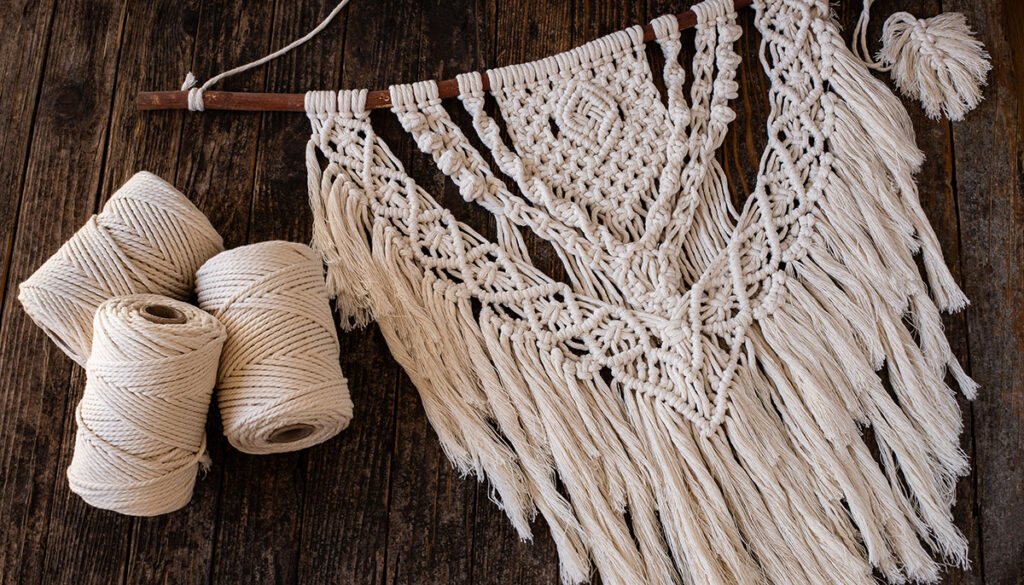
Macrame became hugely popular in the 1970s, but it’s been enjoying a surge in popularity over the last decade thanks to the boho aesthetic. Using cotton thread–usually in a natural, off-white color–you can create macrame wall hangings, plant holders, or even jewelry.
Even the most elaborate macrame pieces are made using a few basic knots. You can buy macrame cord or rope just about anywhere, and you don’t need special tools to create the knots. The biggest challenge is mastering the different types of knots you’ll need to create the projects of your dreams. This is definitely a craft that benefits from having a YouTube video running while you do it!
The only real downside to macrame is that it can feel a bit limiting after a while. Once you’ve made wall hangings for every room in your house, where do you go next?
Needlepunch
Needlepunch (also called punch needle embroidery or punch needling) is gaining in popularity, and it’s not hard to figure out why. After the initial learning curve, it’s surprisingly easy. Not only that but the tools and supplies aren’t very expensive or hard to find.
You’ll need a punch needle, a piece of monkscloth (an open-weave textile), and an embroidery hoop. Depending on what size of punch needle you choose, you can work with yarn or embroidery floss. Once you’ve stretched your cloth in the hoop, you’ll start poking the tool through the cloth to fill in your design. Each “punch” makes a little loop, creating a textured piece of embroidery.
While most beginner projects are on the small side, you can use the same technique to make pillow covers or even throw rugs! The technique isn’t that much harder than doodling in a coloring book, but the results are impressive.
Frame Loom Weaving
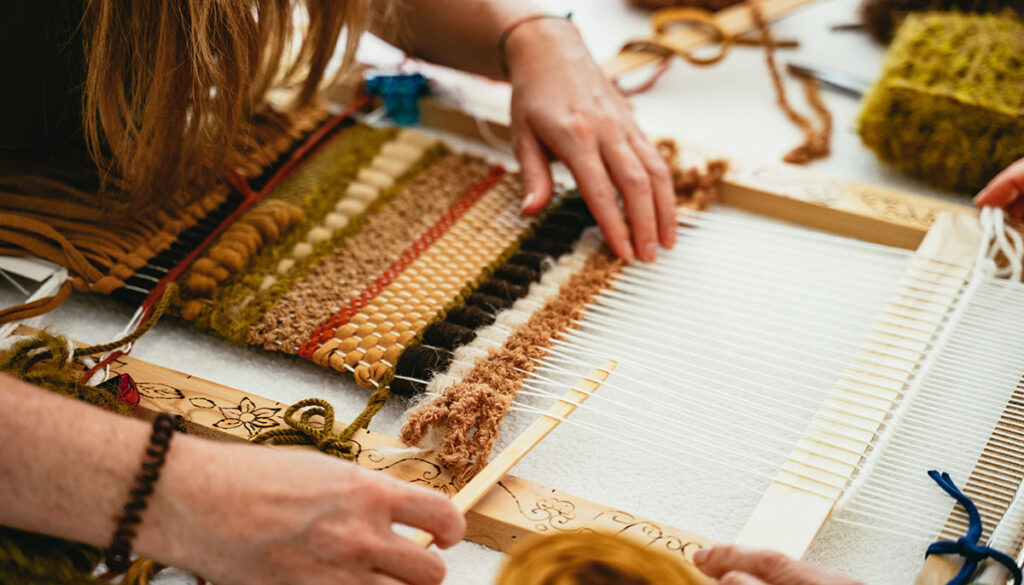
I love weaving on a frame loom! Once you get the hang of it, you’ll be able to weave wall hangings or small pieces of cloth for sewing bags, cushion covers, or placemats. If you do other types of needlework, frame loom weaving is a great way to use up those little extra bits of yarn, embroidery thread, and even strips of fabric.
To get started, you can buy a kit containing a frame loom, shuttle, and needle. However, you can also make a loom using a cheap stretched canvas by removing the fabric and hammering nails into the wooden frame. Check out a tutorial to make your own loom here!
The hardest part of weaving is winding the warp–the vertical threads. However, it’s easier on a frame loom than any other type of weaving. Once you’ve set up your loom, you can wind a shuttle with yarn or use shorter pieces with a tapestry needle to create your design. A handful of simple stitches can create an impressive, textural weaving project like the one pictured above.
Crochet
Despite what you might have heard, crochet is not inferior to knitting. It is easier, though. Unlike knitting, crochet is much more forgiving of beginner mistakes. That’s because your stitches won’t unravel the minute you look at them funny. Crochet uses a single hook to create a series of interlocking loops, either by working back and forth or in a spiral from a center point.
Crochet is really versatile. You can make a granny square afghan, a cardigan, a doily, or a three-dimensional stuffed toy (called amigurumi) using just a few simple stitches. Once you get into more complicated stitches, such as bobbles or fans, it’s a little trickier. However, an ambitious beginner can make some impressive things!
All you need to get started is a hook, some yarn, and a pattern. Crochet hooks come in a huge variety of sizes, from teeny-tiny to bigger than your thumb. The size you choose will depend on the thickness (also called weight) of your yarn.
Cross-Stitch and Needlepoint
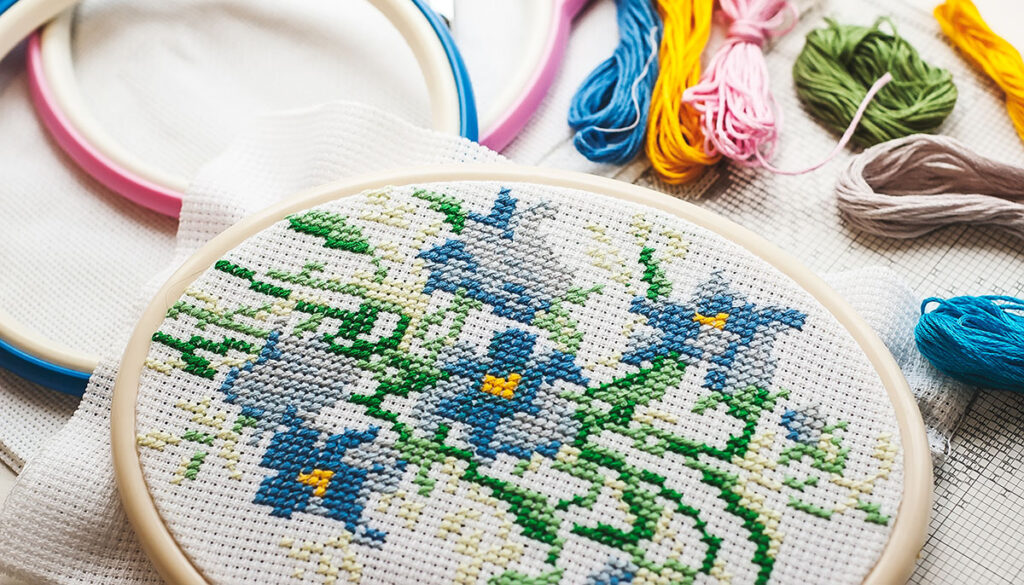
Yes, I know cross-stitch and needlepoint aren’t the same things. However, the basic stitches and supplies are similar enough that I grouped them together. With cross-stitch, you take embroidery floss and make a series of X-shaped stitches on a piece of open, even-weave fabric. These little squares combine to form a picture, very similar to how pixels on a computer screen create an image.
Needlepoint is worked on a larger scale, with a heavier backing fabric. Wool yarn is typically used in place of cotton floss, but pearle cotton or silk thread is sometimes used. Basic needlepoint involves counted stitches similar to cross-stitch, but instead of making an X, you only make a single slanted stitch. Needlepoint can also involve more complicated stitches that borrow from both embroidery and weaving.
To get started, I recommend picking up a cross-stitch kit that includes the hoop, fabric, floss, and needle. Patterns can range from incredibly simple pieces that can be completed in a weekend to elaborate artwork that might take weeks or months of work. Larger pieces use up quite a bit of floss, and the cost of materials can add up. Needlepoint can be even more expensive, with handpainted canvases costing hundreds of dollars. That price doesn’t even include the wool, cotton, or silk thread to complete the design!
Embroidery
Embroidery has been increasing steadily in popularity for years, thanks in part to its versatility. While hoop art is still very popular, crafters are using the same techniques to make patches, embellish clothes and accessories, and practice artful mending.
One popular form of embroidery uses traditional stitches and motifs combined with modern slogans–and yes, often those slogans include R-rated language. If that’s not your cup of tea, you can find patterns and kits to make beautiful embroidered projects in just about any style you can imagine.
The “slow stitch” movement combines western embroidery traditions with the principles of upcycling, multi-media collages, and Japanese sashiko, or visible mending. If you want to break free of formal patterns (and use up all your little scraps of cloth and thread), then check out slow stitching.
Rigid Heddle Weaving

Just the name of this traditional craft sounds intimidating, doesn’t it? While rigid heddle weaving isn’t s difficult as it might sound, it does require some expensive equipment to get started. Not only that, but it can be a little hard for people with mobility issues. The process of weaving on a rigid heddle loom is similar to the frame loom we discussed earlier, but the setup is totally different–and much harder.
To warp a rigid heddle loom, you’ll need a lot of space. That’s because you’ll be winding enough yarn to form your warp–usually at least six feet for a scarf–by walking back and forth between the loom and a warping peg. After that, you’ll have to cut the yarn and thread it through the heddle, a hard piece of plastic with holes and slits in it, using a special tool. Then you’ll wind the warp and tie the ends to the other side of the loom. Then you can finally start weaving.
The simple back-and-forth motion of weaving and beating (that’s pulling down the heddle to smush your threads so everything is nice and even) isn’t hard at all. However, the challenge of warping your loom might be too much for some beginners. The looms are also expensive to buy, starting at about $200 for the smallest one.
Knitting
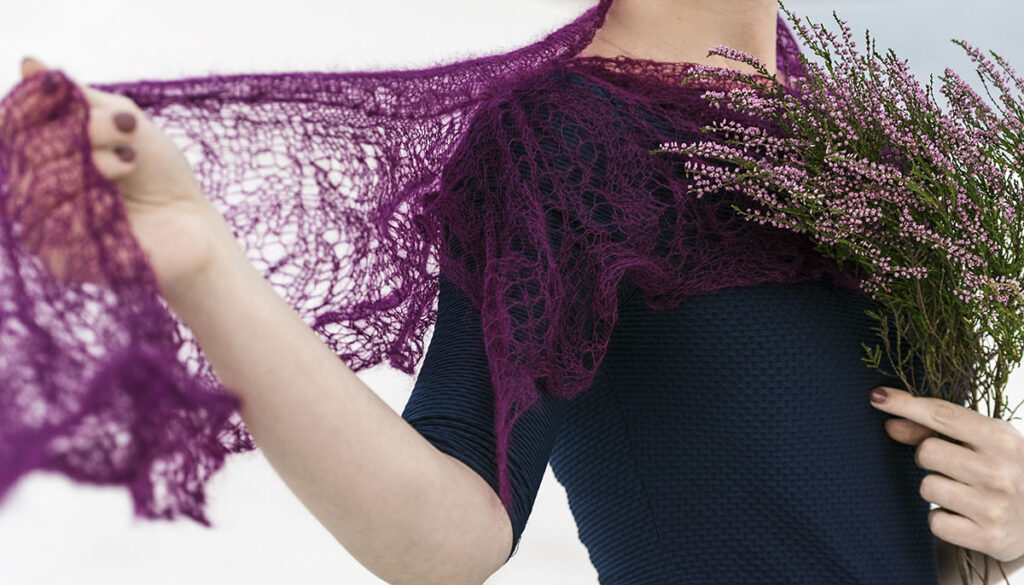
Knitting can be an easy, carefree, inexpensive hobby. But any passionate knitter will tell you horror stories about ever-expanding stashes of yarn and frustrating evenings spent carefully picking out mistakes in delicate lace. If you want to get a feel for knitting, then by all means, grab some cheap worsted-weight acrylic and a pair of needles. Just be warned that once you get sucked into the hobby, it gets expensive and complicated.
I’m of the opinion that it makes no sense to spend dozens or hundreds of hours making something out of cheap yarn. Most of my shawl projects cost $90-$100 in materials, while a hat might cost $20-$30. The good news is that these projects, which are knit primarily from wool yarn, will last a lifetime if I take care of them. The bad news is that buying yarn is notoriously addictive, and I have enough skeins in my stash right now to outfit a small village in knitwear.
In addition to yarn, you’ll also need to have an array of needles–and you might not be able to find the size you need at your local craft store. Knitting needles range from 2 mm to 15 mm or larger in diameter. They also come in straight needles, circular needles, and sets of double-pointed needles. And if you knit enough different types of projects, you’ll eventually have to buy every type of needle in every size. After that, you’ll also need to buy tools to block your projects–that’s stretching a damp knitted item on special mats using rust-proof pins and wires.
Just… think hard before you get addicted to knitting. That’s all I’m saying.


